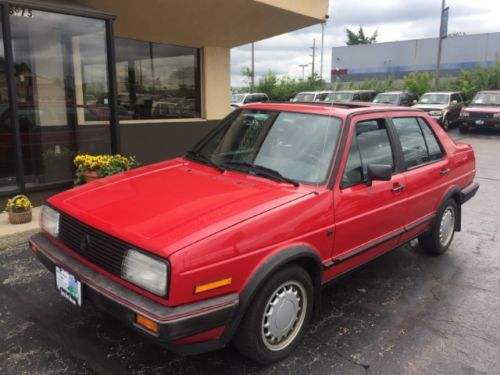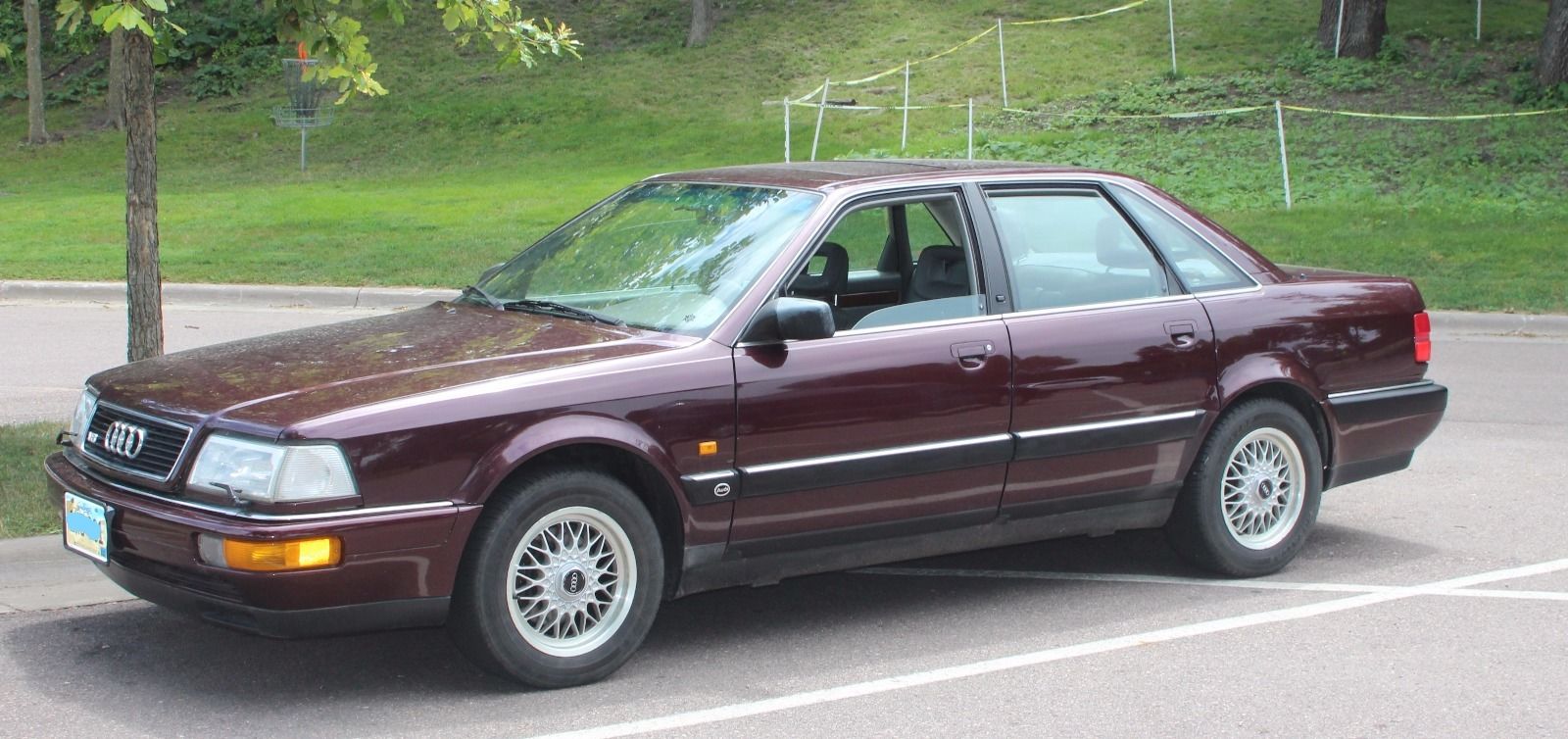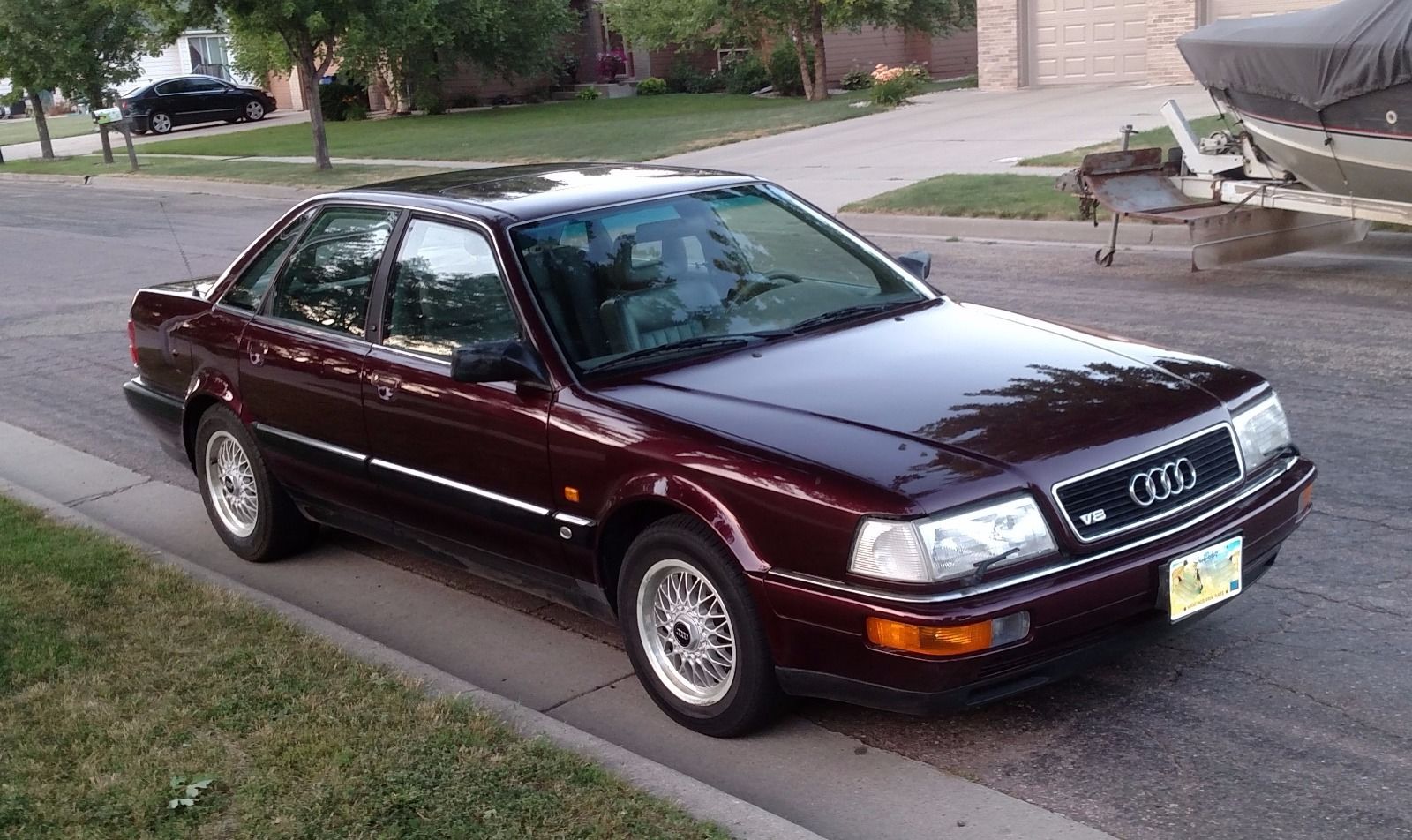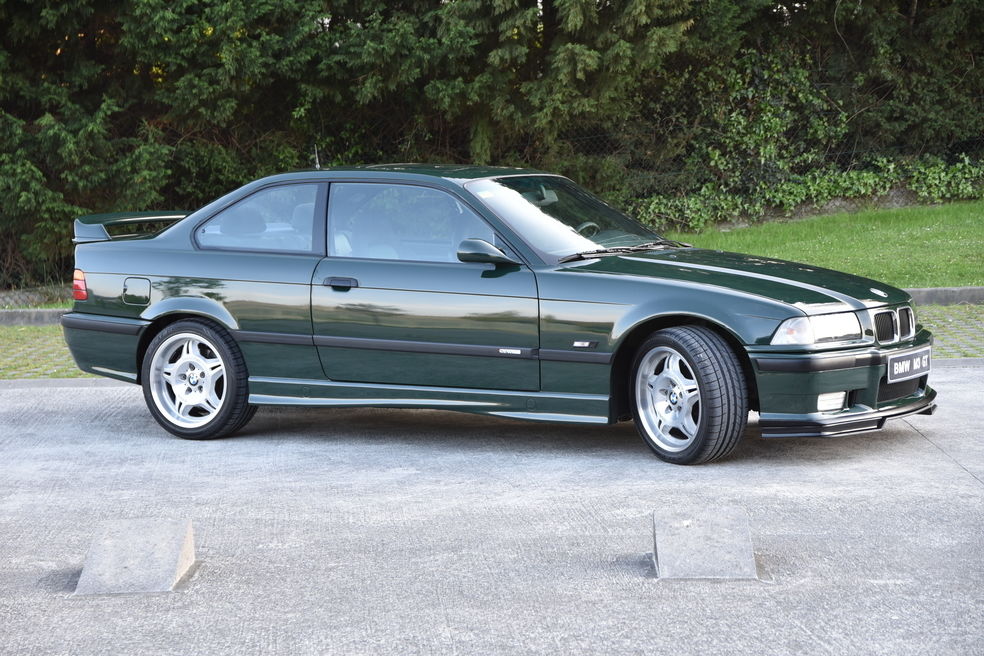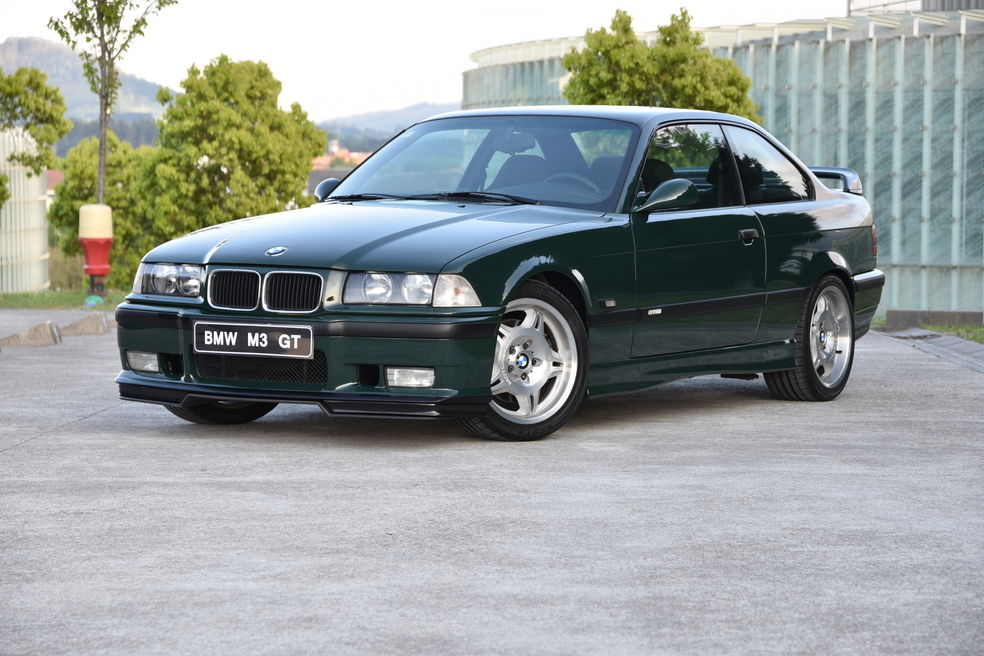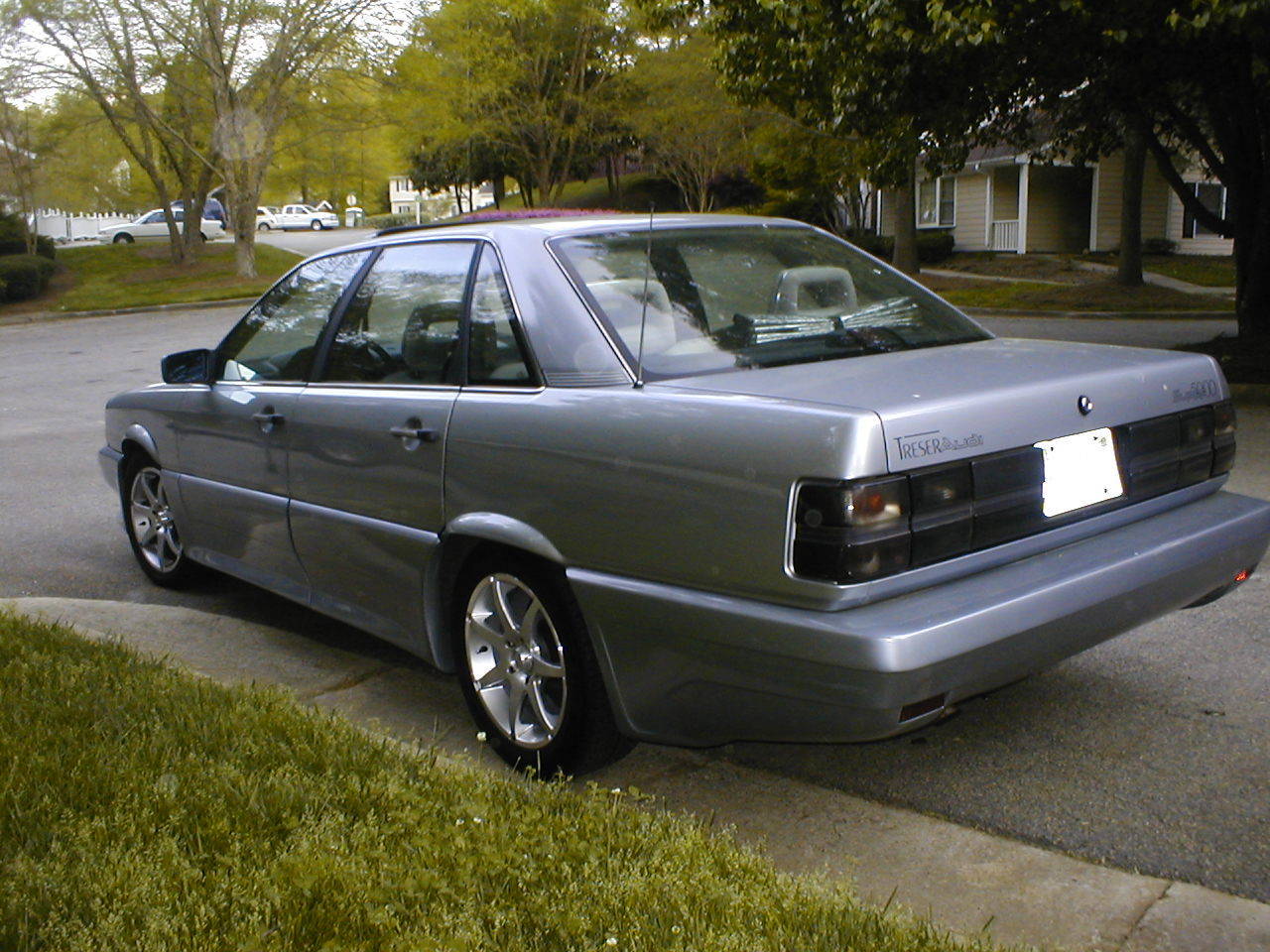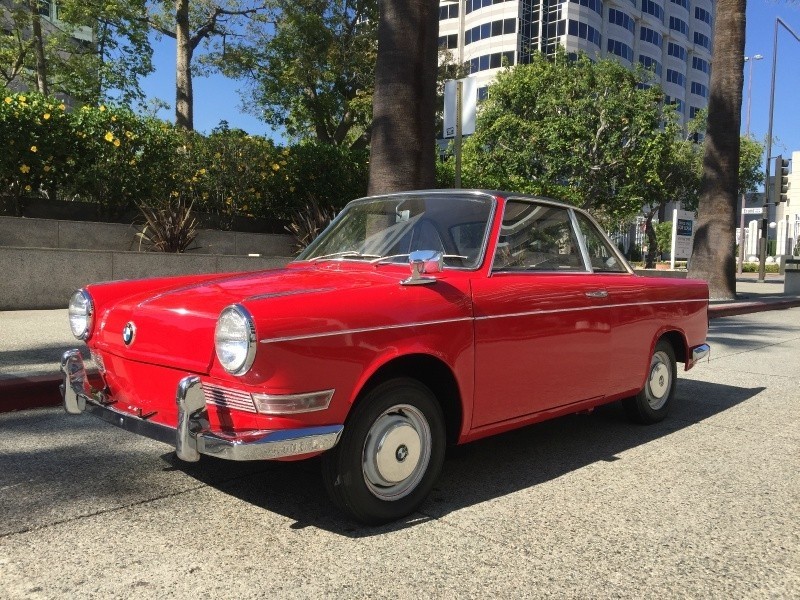Like its brethren GTI, in 1985 the Volkswagen Jetta GLI went a bit more upscale with the second generation of water-cooled performance. While the two shared most underpinnings between them, the Jetta was aimed at a slightly more upscale buyer. As a result, things like power windows, locks and mirrors and (gasp!) even an automatic transmission were available in the sedan but not the hatch. The GLI package, like the GTI, offered visual clues that greater performance lay under the hood; you got a red-striped exterior and alloy wheels outside. But unlike the GTI, VW omitted the blacked-out VW badges and the flashy “GLI” grill insert until later in the run. Inside, special velour sport seats, a multi-function display and standard power steering (it was optional in the rest of the range) with a leather-wrapped steering wheel helped to distinguish the model. But the meat of the meal was the added sport; the HT-code inline-4 was good for 100 horsepower and mated to a close-ratio 5-speed manual as standard. You also got disc brakes all around and an upgraded sport suspension with front and rear anti-sway bars. You could grab all of this fun for just a hair under $10,000 with no options – exactly $100 per a horsepower.
For 1986, power was up slightly to 102 with a new RD-code motor, again shared with the GTI. That massive power increase was met with a corresponding increase in base price to $10,190. Yet most reviews of the period felt that even at that price, the Jetta represented a great value; a perfect mix of sport and practicality with reasonably good build quality. The GLI of the period never sold quite as well as the GTI or caught on in quite the same way, though, so it’s a special treat to come across a clean and mostly original ’86 like this one:

